Relationships of Loving Reciprocity
I wrote this short piece for the Ihiya Biological Reserve’s April newsletter. Ihiya Biological Reserve, located on San Juan Island, was set up to protect vital ecosystems to ensure clean, healthy water systems and to promote thriving plant and animal populations. Donations to this worthy project will be graciously accepted.
Relationships of Loving Reciprocity
When I teach folks about wildcrafting medicinal plants, students frequently ask for a formula that could dictate how many plants it is okay to take from a stand. This question was asked more often in the past when there were formulas like “one of ten” or “one of twenty” being written and spoken about by previous generations of herbalists. This mindset is based on reductionist thinking and exclusively rational modes of being that don’t take into account the complex interconnecting relationships amongst inhabitants of ecosystems. There is no way to create a one size fits all formula for harvesting plants, but we thankfully have perceptive capabilities beyond those recognized by modern techno-industrial culture such as intuition, feeling, and other sensory perceptions that allow us to make wise decisions in accordance with and informed by the land itself.
Consider Desert Parsley (Lomatium dissectum) a very slow-growing plant which may only develop a pencil-sized root and one pair of leaves in their first ten years of growth. Older plants may live to be 100 years old and weigh up to twenty pounds. If you come across a stand of twenty plants, do you take one root? Do you study the ecosystem for ten years before considering a harvest? If you do harvest any plants, how long do you wait to come back to this place to harvest again? Fifty years? One hundred? Over the past twenty years I have cautiously harvested four Desert Parsley roots in what I considered to be a respectful way—making careful deductions based on knowledge available to me at the time, praying, and asking permission. I have very judiciously shared the medicine made from these roots only with members of my family and community who have been afflicted by the most severe viral infections, but I have to admit that at this moment I do not know the answers to the questions posed above. Knowing this I will not harvest any more Desert Parsley roots until I am able to properly answer them.
If we are to have any chance of interacting with the land in generative ways, we as herbalists and people who work with plant medicines need to intimately engage with the ecologies from which we wildcraft medicinal plants. We need to thoroughly inhabit ecosystems if we are to establish intimate and caring relationships with the living Earth, but how do I/we do these things? We might begin by recognizing that ecological intelligence thoroughly infuses our world and guides, through harmonious processes of life and death, the flourishing expression of life on Earth. We needn’t take this as an article of blind faith, but as we develop and expand upon practices of deep listening and careful observation we can increase our capacity for presence amongst our planetary kin. As we set aside our seemingly distinctive conceptions of self we become more present to ecological intelligence and to our greater ecological selves. In this way we become more attuned to the flow of life system processes. To do this we need to slow down but not retreat, afraid that our interactions will be automatically be harmful because whether we realize it or not we constantly engage directly with the plants or other forms of life we encounter throughout our daily lives. We must not forget that humans and all that we create and do are also part of the ecosystem, and we must remember to foster relationships of loving reciprocity with the places where we harvest, because as Wendell Berry writes, it is not possible “that humans would ever take good care of anything that they don’t love.” 1
-
Wendell Berry, Our Only World: Ten Essays. (Berkeley, CA: Counterpoint, 2015 Kindle), 51. ↩


